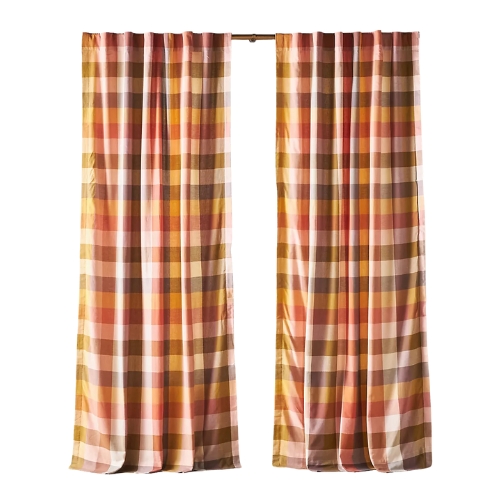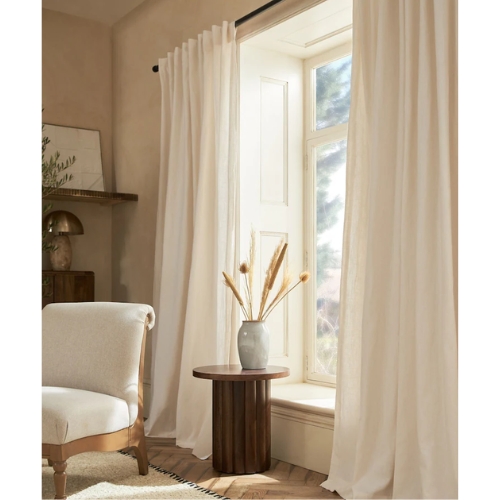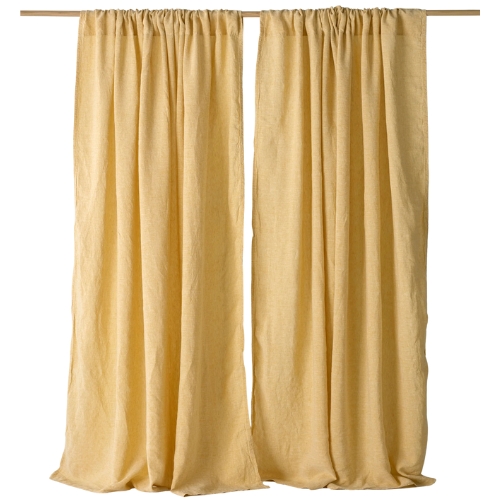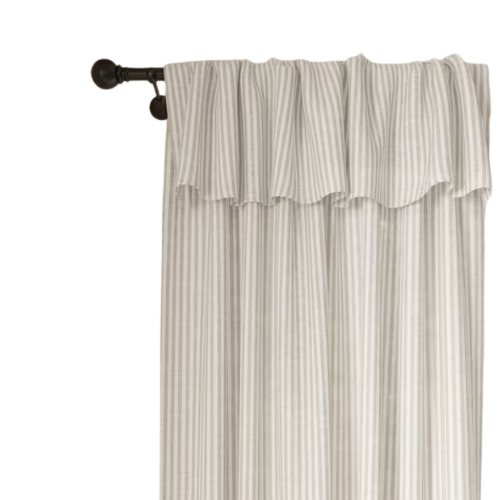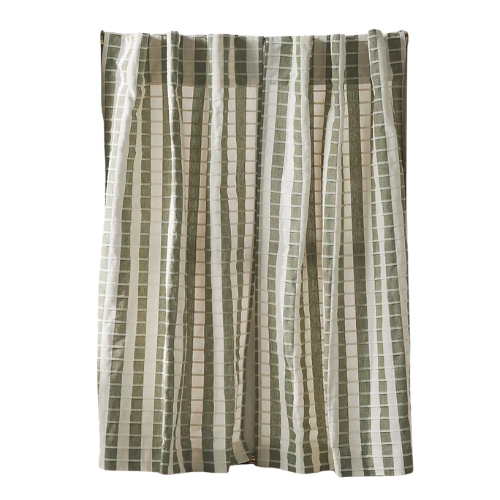Suddenly, Short Curtains Have Got My Attention in the 'Long vs Short Curtain' Debate
When it comes to curtains, a sharp design eye is required to make them feel intentional, not an afterthought
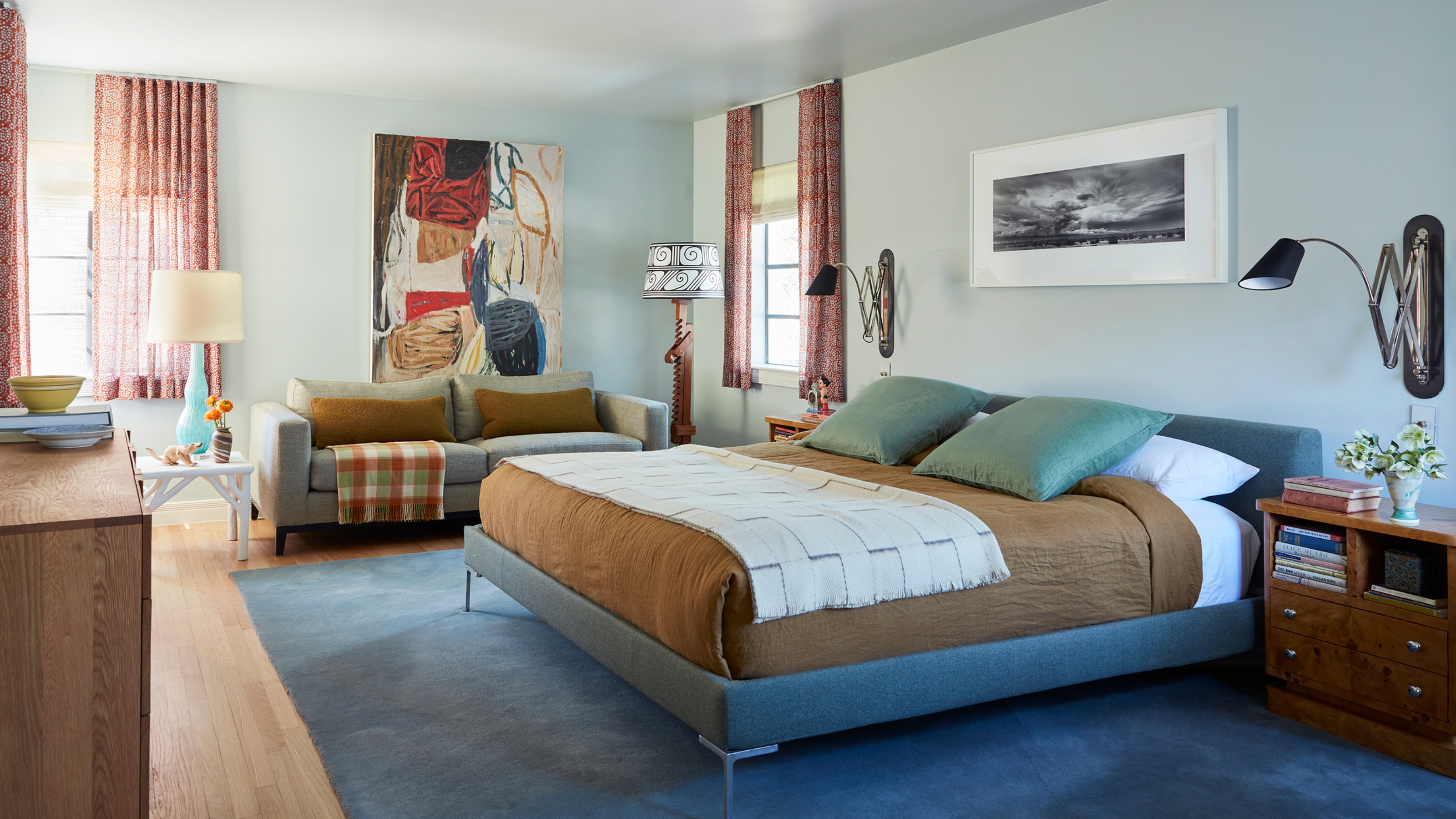

Windows could always benefit from a bit of fabric, but while we agonize over the pattern and pleat, we very rarely ask ourselves another important question: Should curtains be long or short?
Not long ago, I would have died on the hill that your drapes should touch the floor. Short curtains, or so I thought, were reserved for cafe styles and in place of cabinet doors. Yet, when I asked interior designers for their thoughts on the long vs short curtains debate, the answers came back more divided than I'd expected. While interior designer Bradie Fisher says, "Nine times out of ten, long curtains are the way to go," Sophie Rowell, founder of Côte de Folk, says, "Short — every time."
So, should your curtains touch the floor? Or are short curtains making a long-awaited comeback? Or were they 'in' all along? Below, I get to the bottom of the long vs short curtain divide, and find out what works best and where.
When to Use Long Curtains
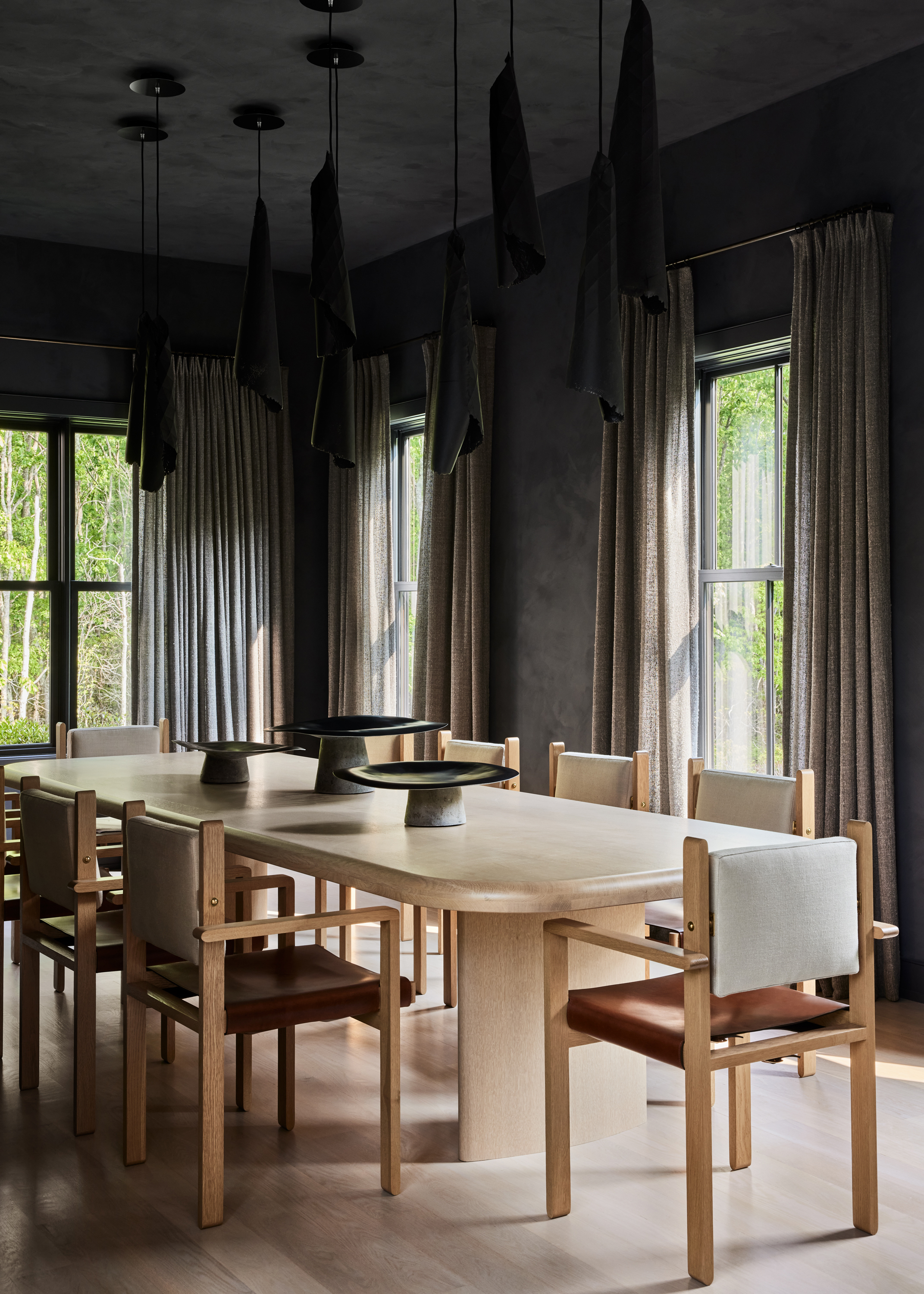
"Long curtains don't have to be expensive, but they do need to be long enough (kissing the floor)," says Bradie.
It's no secret that curtain trends almost always favor a long, dramatic drape. Something about a slight pool of the fabric just screams luxury — I don't make the rules. That said, there are specific ways to lean into longer lengths.
For instance, interior designer Bradie Fisher says, "Long length curtains will always instantly elevate a space, make the ceilings feel taller, and bring a polished, finished look to the room." So, when you want to increase the drama, long curtain panels will draw the eye upward and accentuate the room's height.
Virginia-based interior designer, Cathleen Gruver, adds that, "They're particularly effective in spaces with taller ceilings or as a curtain idea for large windows, helping to create a sense of grandeur and elongation." They can also visually 'stretch' a space, making it feel larger and more expansive.
From a functional standpoint, full-length curtains offer better acoustic dampening —significant in rooms with hardwood or tile floors — and improved insulation.
The Livingetc newsletters are your inside source for what’s shaping interiors now - and what’s next. Discover trend forecasts, smart style ideas, and curated shopping inspiration that brings design to life. Subscribe today and stay ahead of the curve.
It's all dependent on what your space needs, and of course, your taste. "Even if the window is short, I’ll still bring the curtain to the floor," says Bradie. "It’s a simple way to add balance and keep things from feeling choppy."

Having graduated with a degree in print and graphic design, Bradie worked in the print design space for over ten years. All along the way, however, Bradie's true love was always home design and decorating. She has since created Bradie Fisher Interiors, an interior design firm based in Franklin, Tennessee.
When to Use Short Curtains
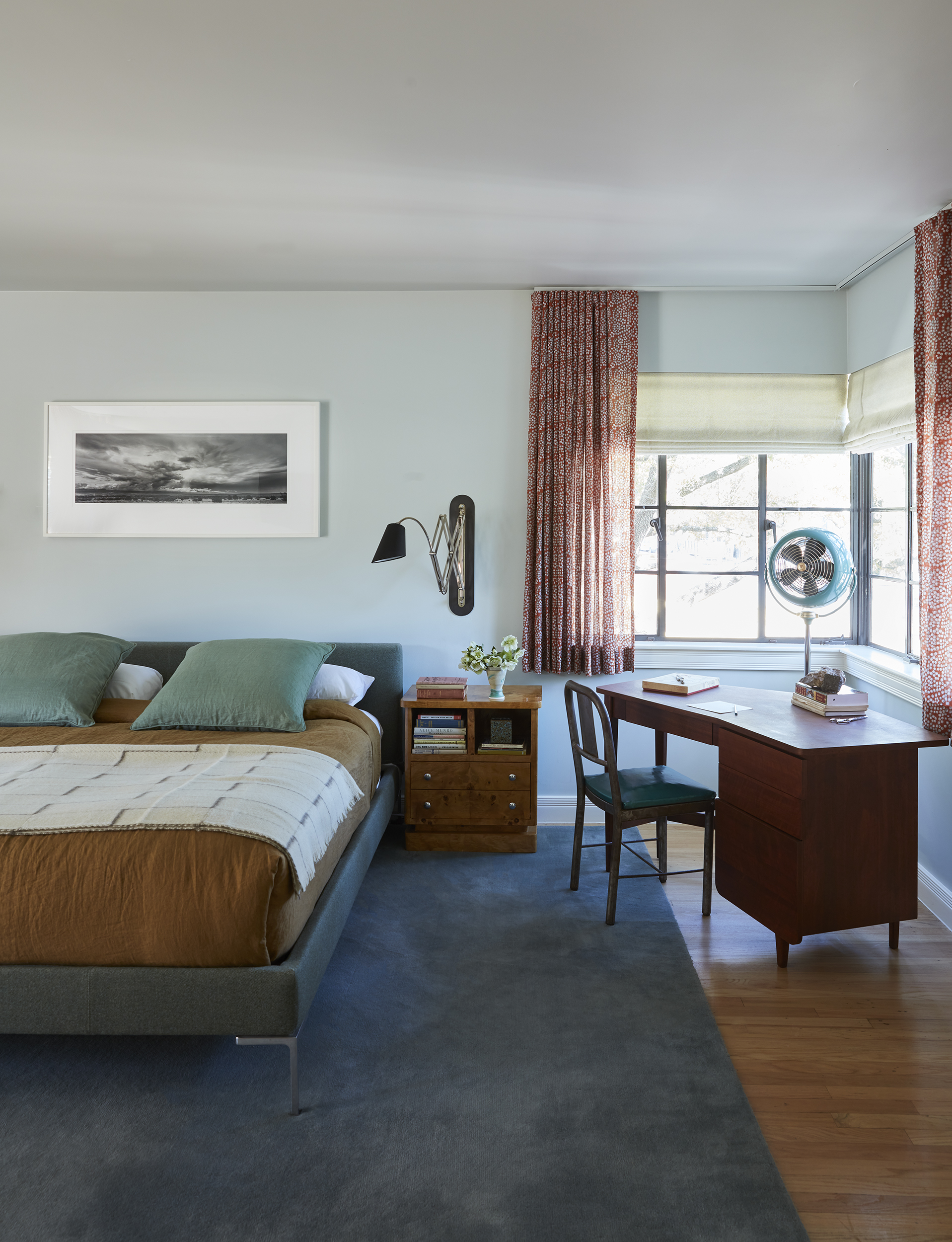
Short curtains can also be a specific design choice, like how this bedroom uses curtains in a bold, visual way.
But with all the dramatic allure that long curtains promise, what room is left for short curtains in interiors?
Typically, short curtains refer to the French cafe curtain style that primarily hangs in small windows in kitchens, bathrooms, or breakfast nooks — anywhere you want a bit of privacy but still need natural light. Or you can opt for short curtains in spaces where full-length panels just don’t make sense, like when a built-in bench, radiator, or another architectural feature is beneath the window.
However, this type of curtain doesn't have to be saved for practical purposes. Cathleen says, "Short curtains are making a quiet comeback in interior design trends, but in a very specific way."
"I love seeing short cafe curtains layered above eye-level in unexpected places, like in formal dining rooms or bedrooms, adding softness and privacy without covering too much natural light," Cathleen adds.
When done well, short curtains can feel nostalgic and even slightly European. But scale and placement are key. "If there’s no architectural or functional reason for them to be short, they’ll almost always look like a mistake," says Cathleen.
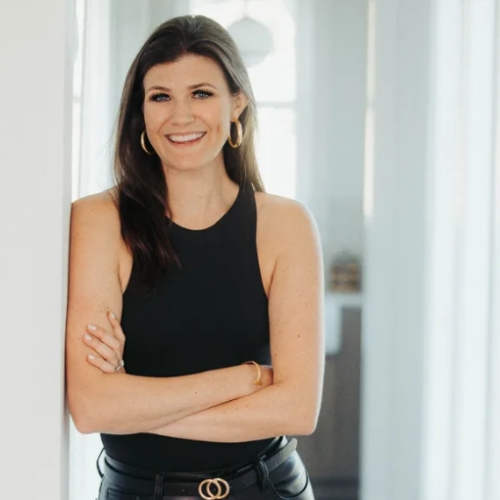
Cathleen has her M.A. in Interior Design from Marymount University, where she has served as an adjunct professor. She received ASID’s “Ones to Watch” Award and NKBA's prestigious "30 Under 30 Award". Her graduate thesis received the Best in Show award for her research and evidence-based design. She received multiple Chrysalis Awards from Qualified Remodeler and Kitchen & Bath Design News. She has been featured in The Washington Post and Forbes.

Interior designer Sophie Rowell, founder of Côte de Folk, says, "From a materials perspective, shorter curtains require less fabric, making it easier to invest in your dream textile without overspending," she adds. "And there’s a quiet nostalgia to them, an echo of the clean-lined, purposeful styling seen in 80s and 90s interiors.”
The long vs short curtains debate boils down to the fact that different styles of curtains have different purposes and aesthetics. Where short curtains typically feel unique and playful, long curtains tend to add elegance and drama to a room.
"It’s all about the styling and making sure they feel intentional, not like a hurried afterthought," says Bradie.

Olivia Wolfe is a Design Writer at Livingetc. She recently graduated from University of the Arts London, London College of Communication with a Masters Degree in Arts and Lifestyle Journalism. In her previous experience, she has worked with multiple multimedia publications in both London and the United States covering a range of culture-related topics, with an expertise in art and design. At the weekends she can be found working on her oil paintings, reading, or antique shopping at one of London's many vintage markets.
